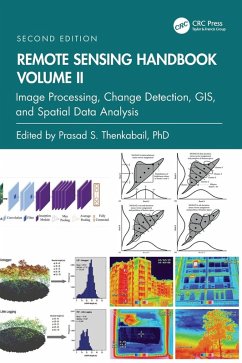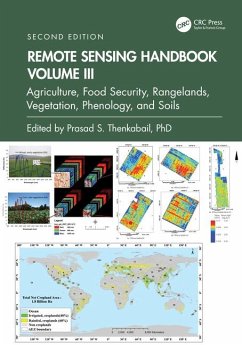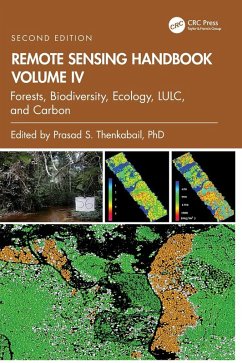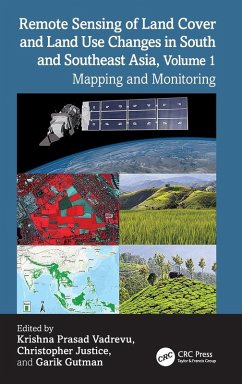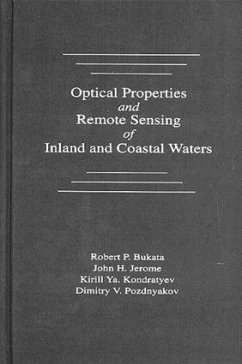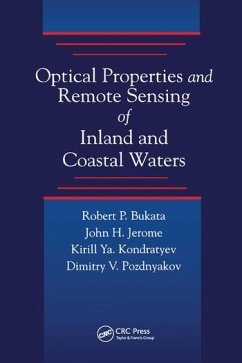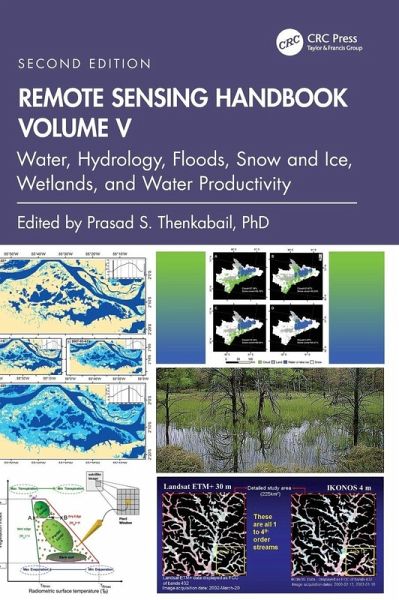
Remote Sensing Handbook, Volume V
Water, Hydrology, Floods, Snow and Ice, Wetlands, and Water Productivity
Herausgeber: Thenkabail, Prasad S.
Versandkostenfrei!
Versandfertig in 1-2 Wochen
223,99 €
inkl. MwSt.
Weitere Ausgaben:

PAYBACK Punkte
112 °P sammeln!
Volume V of the Remote Sensing Handbook, Second Edition, is focused on the use of remote sensing technologies for studying water resources including groundwater, floods, snow and ice, and wetlands. This book provides an essential resource for researchers at all levels interested in using remote sensing.





